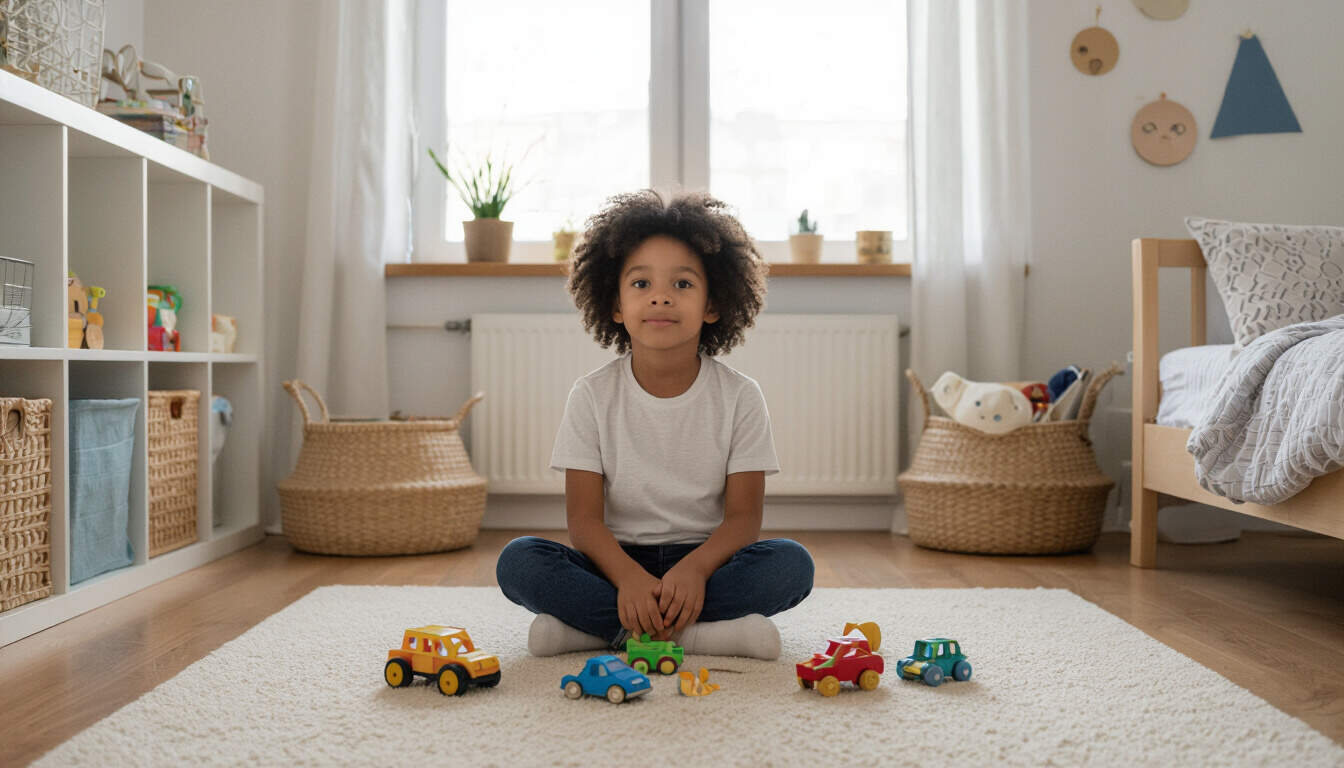Simplicity in Daily Routines for Children
 by Lilian Nienow
by Lilian Nienow
Discover how simple routines can bring calm and balance to family life, helping children thrive with less stress and more meaningful moments. Practical steps make it easy for parents to create routines that foster peace and growth.

In our busy lives, creating simple routines for children offers a way to find peace and focus. Simple routines help children feel secure and parents stay organized without added pressure.
The Value of Simple Routines
Simple routines provide a foundation for children to grow. They allow kids to know what to expect, reducing confusion and promoting a sense of calm. For instance, a basic morning routine might include waking up, having breakfast, and getting dressed. This approach supports overall well-being by keeping things straightforward.
One key benefit is the way simple routines encourage independence in children. When kids follow a clear pattern, they learn to handle tasks on their own. This builds confidence and prepares them for daily challenges.
Practical Steps to Build Routines
To start, begin with essentials. Focus on a few core activities each day, like mealtime and bedtime. Avoid overwhelming schedules by limiting options; for example, choose two toys for playtime instead of many.
Consider using visual aids, such as a picture chart, to outline the routine. This makes it easier for young children to follow along. Routines for kids work best when they include time for rest and play, ensuring a balanced day.
Here are some easy ideas to try:
- Set a consistent bedtime to help children wind down.
- Plan meals around simple, nutritious foods.
- Include short outdoor time to connect with nature.
- Keep play areas tidy with just a few items.
These steps can transform ordinary days into opportunities for connection and learning.
Everyday Examples of Simplicity
Imagine a family where the evening routine involves reading one book together before bed. This creates a quiet moment for bonding without extra activities. Such practices show how simplicity leads to deeper relationships.
Another example is limiting screen time to specific periods. This allows children to engage in creative play, fostering imagination and relaxation. By prioritizing these elements, families experience less hurry and more joy.
Parents often find that minimalism in routines helps manage their own energy. With fewer decisions to make, there is space for unexpected fun, like a spontaneous walk.
Overcoming Common Challenges
Sometimes, sticking to routines can feel tricky, especially with unexpected events. The key is to stay flexible while keeping the core structure intact. If a routine disrupts, gently return to it the next day.
Encourage children to participate in planning. This gives them ownership and makes adjustments smoother. Over time, these habits become natural, supporting a lifestyle of ease.
Inspiring Long-Term Change
As children grow, simple routines evolve but remain a constant source of stability. They teach valuable lessons about balance and mindfulness, which carry into adulthood.
By embracing this way of living, families create space for what truly matters. A calm home environment nurtures happiness and resilience, reminding us that less can indeed be more.
In closing, adopting simple routines invites a sense of serenity into everyday life. This gentle shift benefits children and parents alike, paving the way for a more fulfilling existence.
